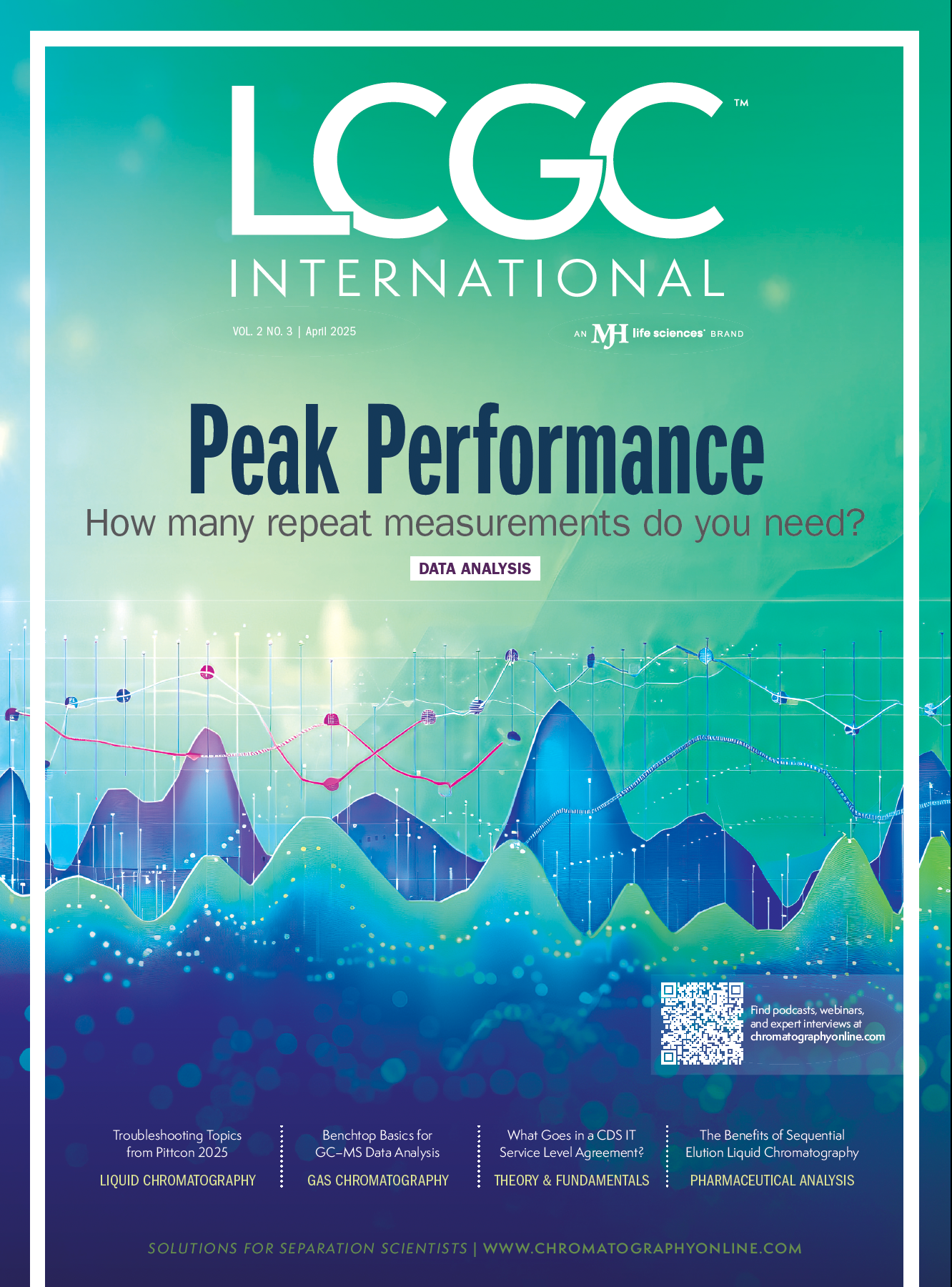News
Article
LCGC International
LC-MS/MS Approach for PFAS Detection in Food Contact Materials
Author(s):
Zhejiang Institute of Quality Sciences researchers recently tested a new means of analyzing per- and polyfluoroalkyl substances (PFAS) in food contact materials (FCMs). Their findings were published in the Journal of Chromatography A (1).
Eco-friendly tableware - kraft paper food packaging on orange background. Street food paper packaging, recyclable paperware, zero waste packaging concept. Flat lay, mockup image | Image Credit: © Iryna Mylinska - stock.adobe.com

PFAS are aliphatic compounds where all or most of the hydrogen atoms in alkyl groups are replaced by fluorine atoms in their molecular structures. PFAS are known for their unique chemical-physical properties, such as simultaneous hydrophobicity and lipophobicity in addition to chemical and thermal stability (2). However, PFAS can accumulate in the environment and the cells of people and animals. Long-term PFAS exposure can lead to changes in the immune systems, and increased risks of cancers (such as kidney and testicular cancer), among other potential outcomes. More than 5000 PFAS have been registered by the U.S. Environmental Protection Agency (EPA), with the most extensively studied PFAS being perfluorooctanoic acid (PFOA) and perfluorooctane sulfonic acid (PFOS). Many countries and international organizations have ceased PFOA and PFOS production, using more environmentally friendly alternatives, like short-chain PFAS and novel fluorinated substances. However, short-chain PFAS have held significant impact on reproductive toxicity, immunotoxicity, and hepatotoxicity. As such, the occurrence of some emerging PFAS in daily life should be focused on, and with more PFAS being used in fields like food contact materials (FCMs), effective methods for high-throughput PFAS detection with different materials must be established.
In this study, a new liquid chromatography–tandem mass spectrometry (LC–MS/MS) method made for simultaneously detecting 35 PFAS was created and validated in paper and plastic products. The sample pretreatment process was optimized through comparing various extraction solvents, conducting matrix effect analyses, evaluating solid-phase extraction methods, and assessing purified materials. The PFAS concentrations in commercial samples were tested based on the established method, with potential risk being analyzed. To eliminate the matrix effect and enhance detection accuracy, a straightforward pretreatment method that combines methanol ultrasonic extraction with dispersive solid-phase extraction (d-SPE) was established.
Overall, 35 PFAS were extracted from paper and plastic FCMs through ultrasonic and solid-liquid extraction. To effectively reduce the influence of matrix effects, the performance of traditional SPE and d-SPE was compared. A simple and novel sample preparation method was obtained by combining methanol (MeOH) ultrasonic extraction and d-SPE, using N-propyl ethylenediamine adsorbent (PSA) as a pretreatment step.
Perfluoroheptanoic acid (PFHpA), perfluorodecanoic acid (PFDA), perfluorotridecanoic acid (PFTriDA), and other types of PFAS required further d-SPE extraction with PSA, and other substances could be directly extracted through methanol ultrasonic treatment. The results showed that the tested method held good practicability in PFAS analysis, with it successfully being applied to a collection of 119 FCMs samples, where PFAS concentration levels were initially investigated. Some PFAS were detected in the FCMs of both materials at slightly higher concentration levels than previous reports, though frequencies of detection were lower. This method could be employed to monitor concentration levels of PFAS in FCMs and other related consumer products, as well as for health risk research.
References
(1) Yang, Y.; Wang, J.; Qiu, J.; Luo, Y.; et al. Development of a Procedure Based on Dispersive Solid Phase Extraction and LC-MS/MS for the Analysis of Perfluoroalkyl and Polyfluoroalkyl Substances in Food Contact Materials. J. Chromatogr. A 2025, 1747, 465815. DOI: 10.1016/j.chroma.2025.465815
(2) Acevedo, A. HPLC–MS/MS Used to Determine PFAS in Food and Food Contact Material. LCGC International 2024. https://www.chromatographyonline.com/view/hplc-ms-ms-used-to-determine-pfas-in-food-and-food-contact-material (accessed 2025-3-17)

Newsletter
Join the global community of analytical scientists who trust LCGC for insights on the latest techniques, trends, and expert solutions in chromatography.

.png&w=3840&q=75)

.png&w=3840&q=75)



.png&w=3840&q=75)



.png&w=3840&q=75)












